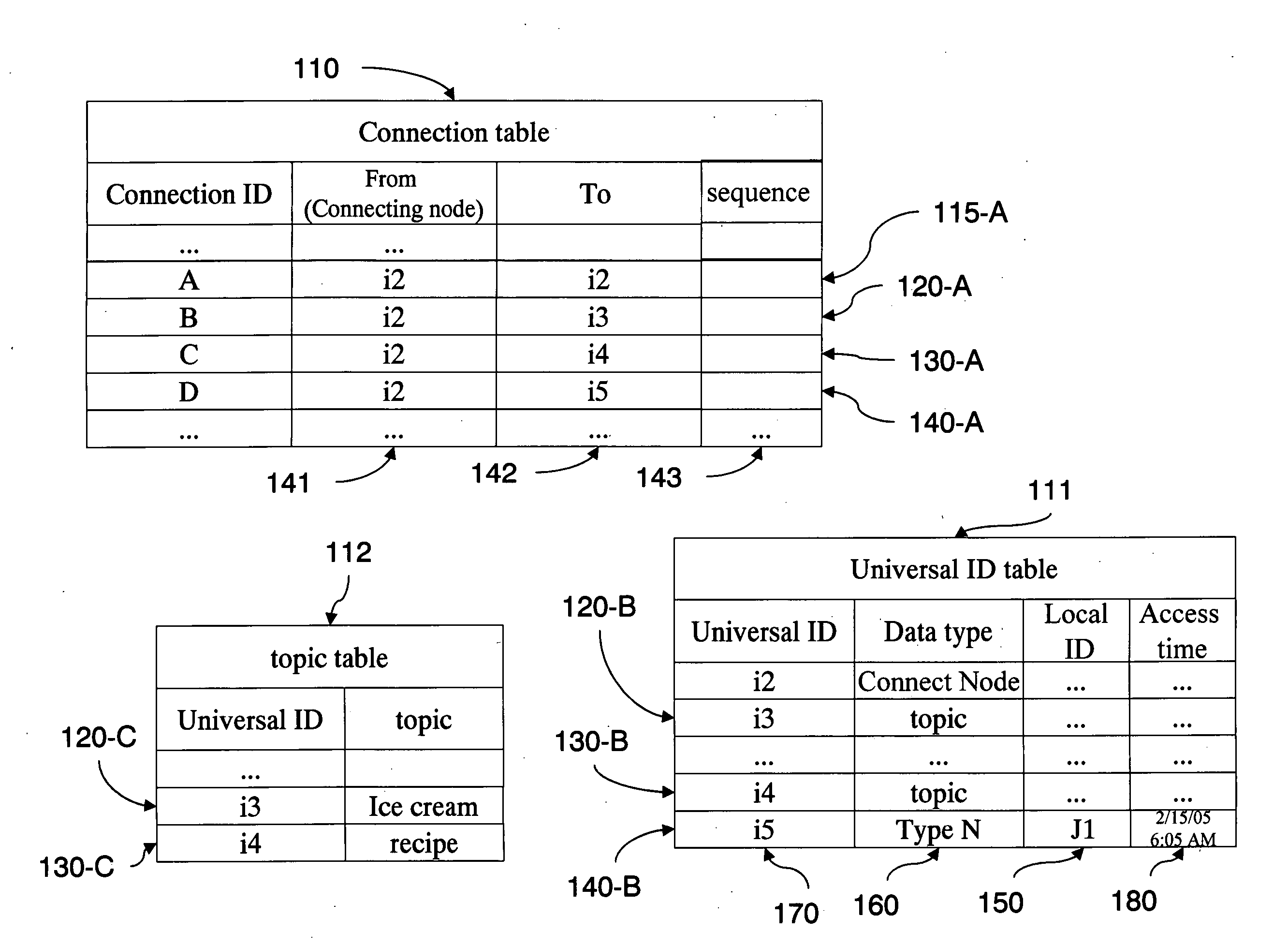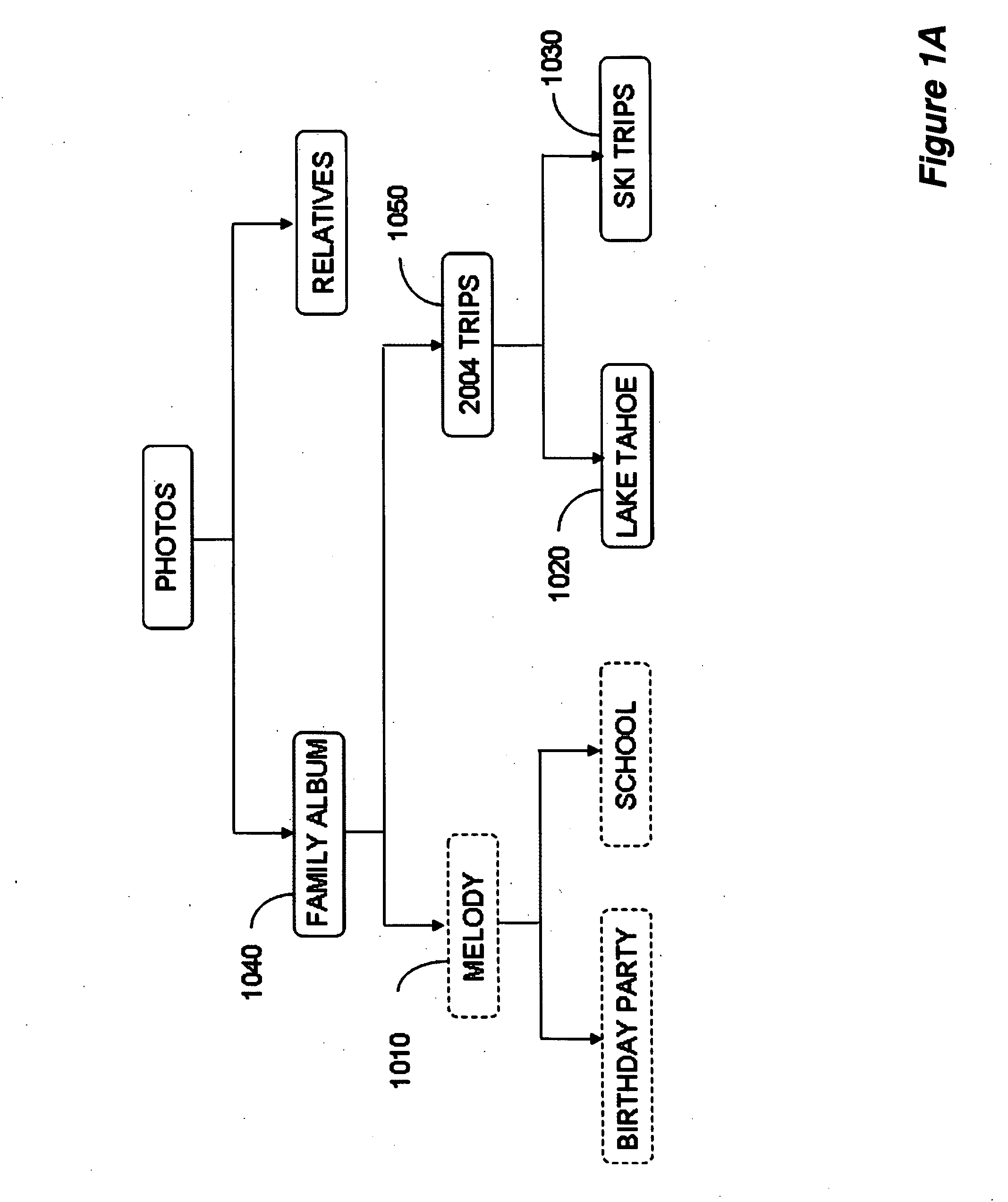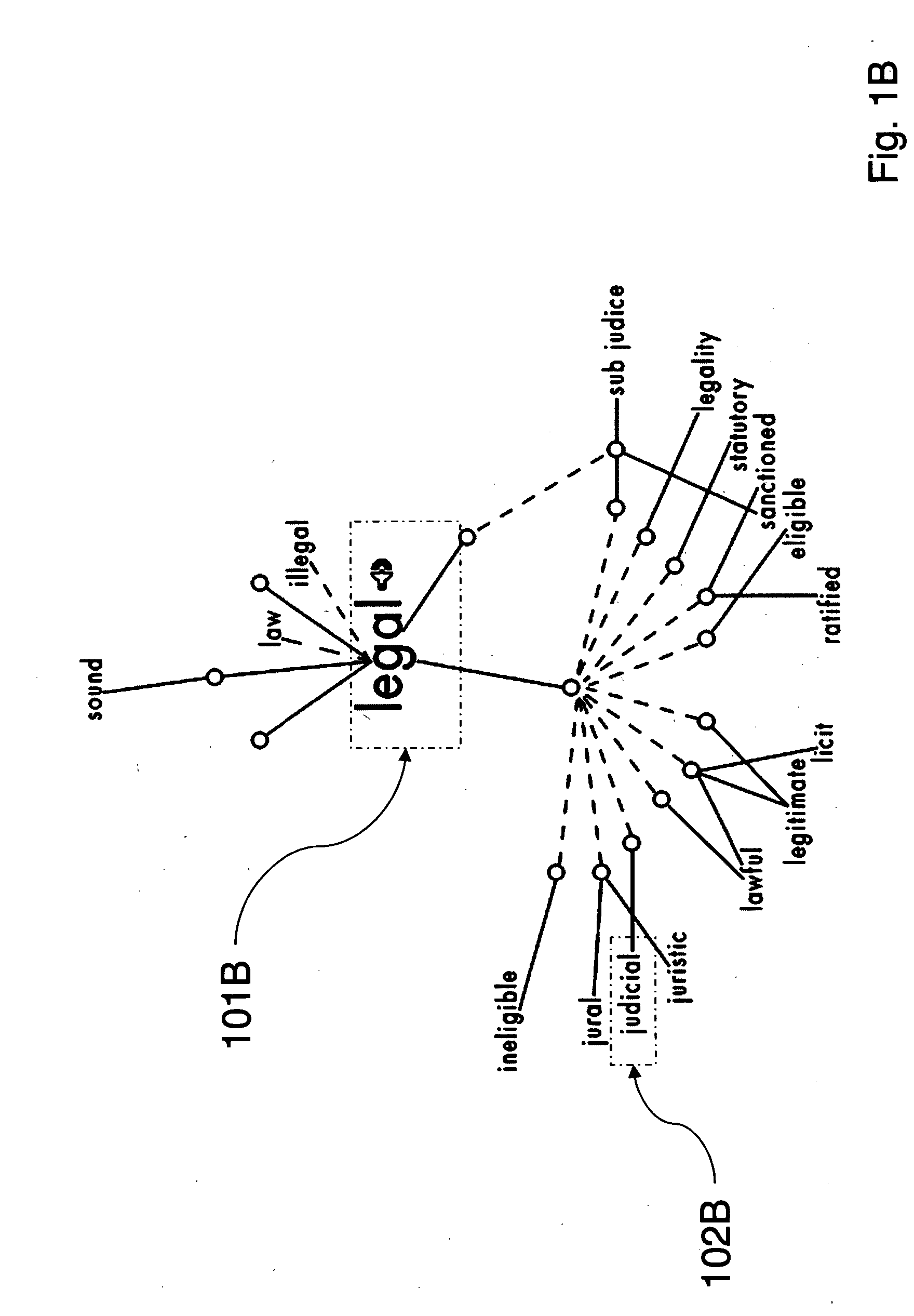It is very difficult to efficiently manage this task because the
digital content and the motives tend to be unstructured, fast changing, out of synchronization and scattered over time.
Organize unstructured information that arrives at the wrong sequence: The daily information that people encounter is often random, disorganized, and arriving at the wrong sequence.
It is difficult to organize information under such circumstances.
Give dynamic perspective view of information based on the needs of specific motives or
digital content: The chance of being right in the early beginning is small because the collection of digital content and motives often evolve constantly, rapidly, and unpredictably.
But our memory is not reliable and we are neither efficient nor effective in drawing the complex relationship.
Easily update information and its structure: Information and structure needs to be constantly up dated to be meaningful because information may evolve quickly and unpredictably.
It points out that how each platform affectively meets part of these requirements but none of them meets all the requirements.
Consequently, when the number of files and folders increases, the user may experience difficulty in locating a specific document and may make several searching efforts in an attempt to locate the document.
As users amass more files, it becomes difficult to decide where and how to store the unstructured information.
Thus, reviewing of the existing folder structure requires additional efforts and predicting folder structure for storing future information requires experience and foresight; it is tough to organize the information in a
tree structure because information is often interrelated.
This can be very disruptive.
On the other hand, some newly received data simply doesn't fit into any of the existing folders and remains in a “loose” manner in some existing folder, which makes it very difficult to retrieve at a future date.
In the end, despite having invested a lot of efforts to stay organized, the various files may still end up in a somewhat disorganized manner and provide a challenge trying to find certain information, as is currently experienced by even casual users of computers.
However, fundamentally it inherits the same issues as a
tree structure.
When implements too many tags, it becomes scattered like too many loose folders of very shallow depth.
It still inherits the same problems from each individual platform.
When organize emails in folders, it suffers the same issue of not addressing interrelated relationship.
However, finding,
processing, organizing and storing the influx of this large volume of information is problematic.
But from a user's view, much of the data available on
the Internet is organized in a structure that is not always compatible with what they have in mind.
However, search tools tend to bring in large volume of information that requires the user to elaborately filter through them.
Still, because of the large number of web pages available on
the Internet, if the user bookmarks every page the user may wish to return in the future, the user will find it difficult to find a particular bookmark among the large number of bookmarks created.
Consequently, users find it necessary to create a filing scheme even for bookmarks, which results in the same problem as with saving a document, i.e., in which folder to store a bookmark and under what name.
This mechanism has a few drawbacks from the consumers' view: (1) When the
wish list grows, it becomes hard to manage and (2) when a purchase is to be made, it is difficult to compare related merchandise items stored in different websites.
Furthermore, conventional searching, using search engines such as Google.com, Yahoo.com and the likes, is not very efficient due to the large volume of returned results which has very little relevance to the
subject matter sought after.
A similar problem exists when PC users try to create their own collection of data on their own system.
This will present a challenge to the user to retrieve the article—the user will have to either comb through articles of various subject matters, or perform a global search and hope that the number of returned results is not too large.
Since this type of events come random and out of synchronization in life, its relevancy to the tasks and projects may not be clear to the engineer at the point of conception.
It is very difficult for the engineers to keep track and integrate their accumulated thoughts to their tasks or projects.
Similar issues for project managers who receive unstructured information (emails, reports, customers feedbacks,
business activities / events) daily and try to tie the information with their project objectives, tasks, milestones, deadlines, etc.
This may in conflicts with personal motives that tent to be interrelated and not structured.
During the early development of human motives, it is often not well thought out.
It is premature for the user to forecast a well thought out
tree structure.
The structure becomes inadequate when the motives and the collection of
digital data evolve.
But it is ineffective and
time consuming to achieve the objectives of this invention.
The issues are that the
user needs to intelligently drive the
search engine in order to retrieve relevant and meaningful motives.
Because many digital content does not contain the user's personal meanings, the user often do not remember what keywords to use to retrieve the data.
Search engine often brings in too many irrelevant or obsolete data; it cannot help to construct the structure and interrelationship between motives and digital content.
However, it is limited when used to address complex interrelationship between tasks, to-do (human motives) and digital content.
The complexity glows with the size of the projects and the number of people / departments involved in the project.
First of all, it may create multiple similar topics or keywords that are difficult for the user to keep track of.
In addition, topics by itself lacks context.
Try to stay on the track of thought or
gain an integrative view of the information would have been much more difficult when compares to a tree structure.
A user may easily get lost after following a few leads in this type of
data structure.
Moreover, it lacks of priority or weight between related elements because of no hierarchy.
Nevertheless, it inherits the same problem as that of the Visualthesaurus
data structure.
But it may have confused the user why
ice cream and chemical database are related at all.
This drawbacks may be seen in del.ico.us, 43 things.com, and flickr.com where webpage bookmarks, blogs, or photos are tagged, when the number of digital contents are involved, the association of tags are in large number and often are confusing and incomprehensible.
The other issue with tagging is that it allows one to inquire about one digital content or one tag in a time.
It does not allow progressively narrowing the tags like following a tree structure.
These two drawbacks are the main flaw that prevent tagging technology to be applied in applications that require organizing complex structure of information that currently dominated by tree structures and conventional database structures.
Deliver an overwhelming amount of data that is often overbroad and irrelevant.
Lack organization structure.
Because this platform lacks clear structure, it relies on the user to draw the overall information structure by reviewing related information.
But when information is cross-referenced, one can quickly lose track.
The rigid hierarchy makes it impossible to view information from a different perspective.
In creating a tree folder structure, one must predict future files and future requirements based on today's perspective, which makes it very difficult to construct the structure and leads to revisions and inefficiencies.
Re-structuring of a tree is
time consuming and often disruptive, especially if various files emails or web pages contain hyperlinks to other files.
These hyperlinks must also be changed to reflect the revise structure, or they will not function properly.
It is impossible to keep tracks of these hyperlinks that imbedded in files and web pages.
It is not suitable to
handle diversified information and information that evolves and needs constant restructuring.
Poor data structure.
Time consuming to gather information that scatters in the notebook / emails over a period of time when information becomes versatile.
 Login to View More
Login to View More  Login to View More
Login to View More 


